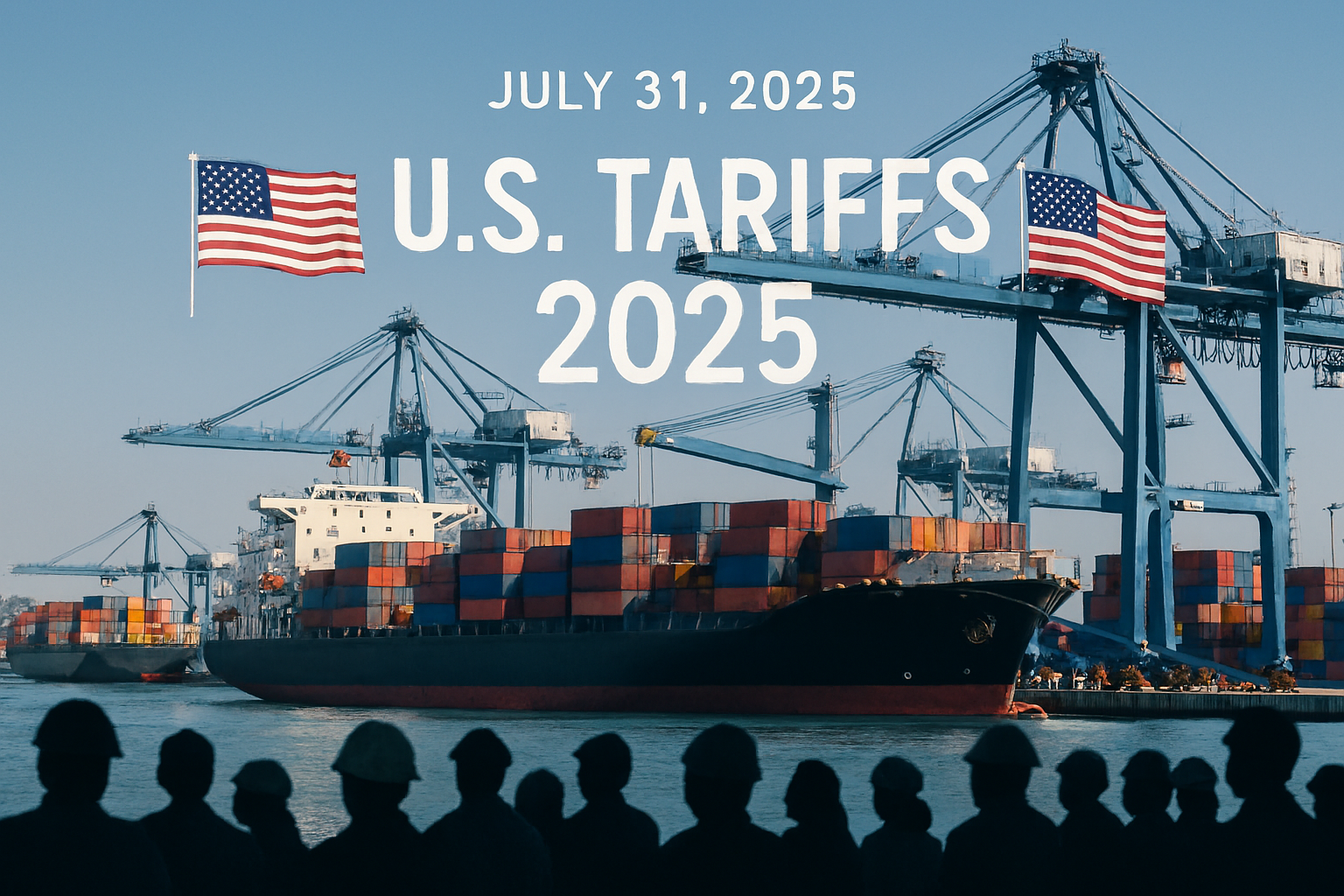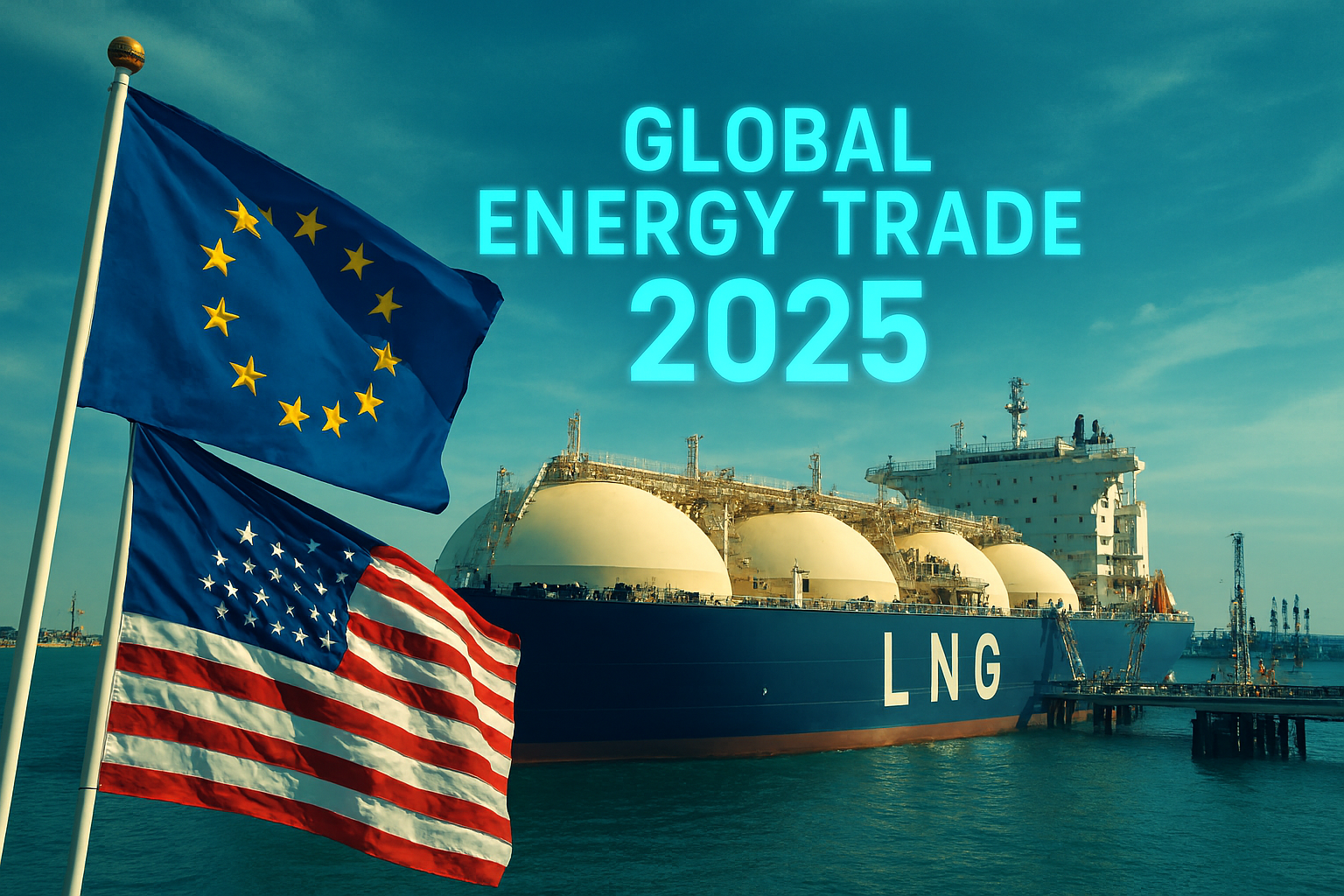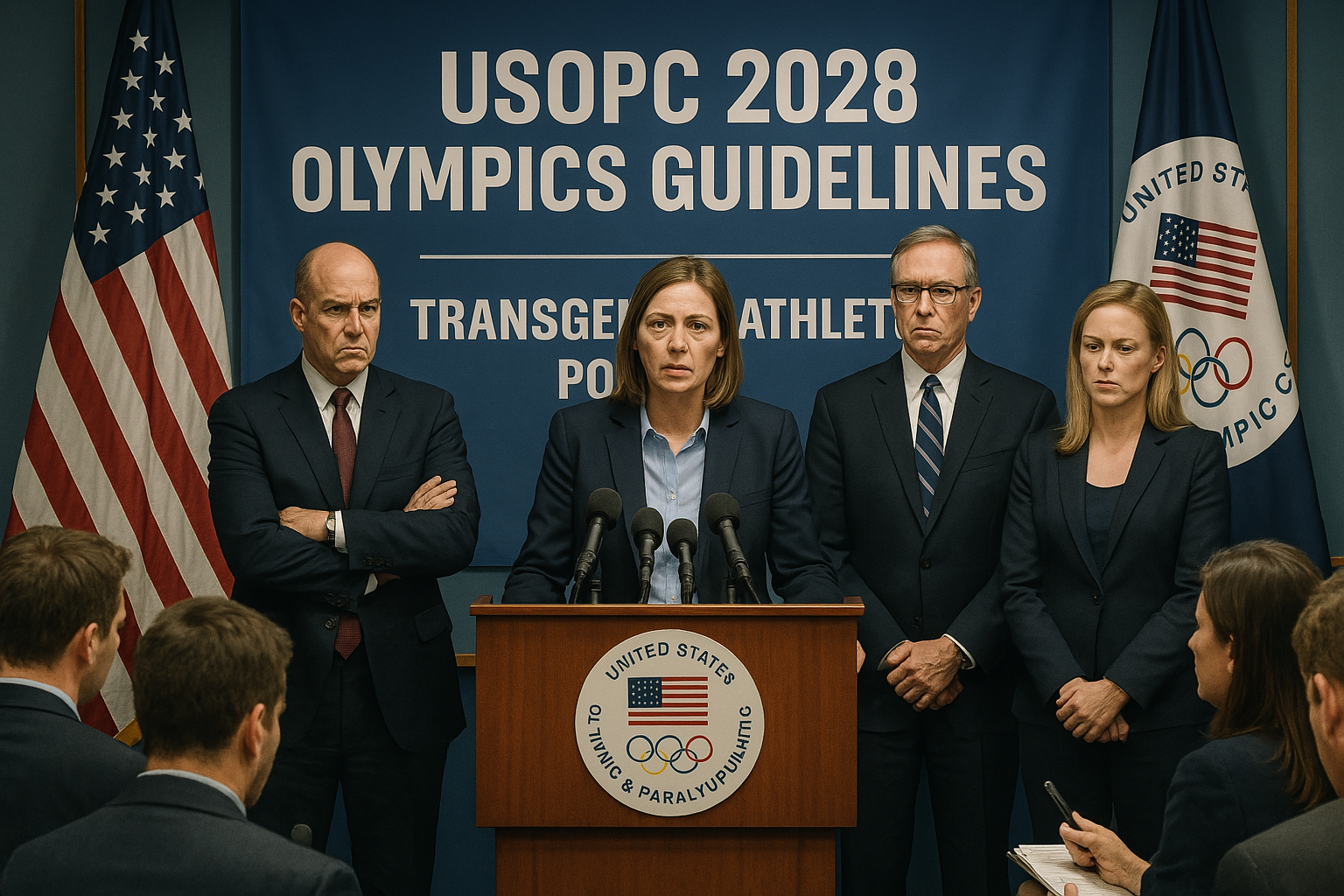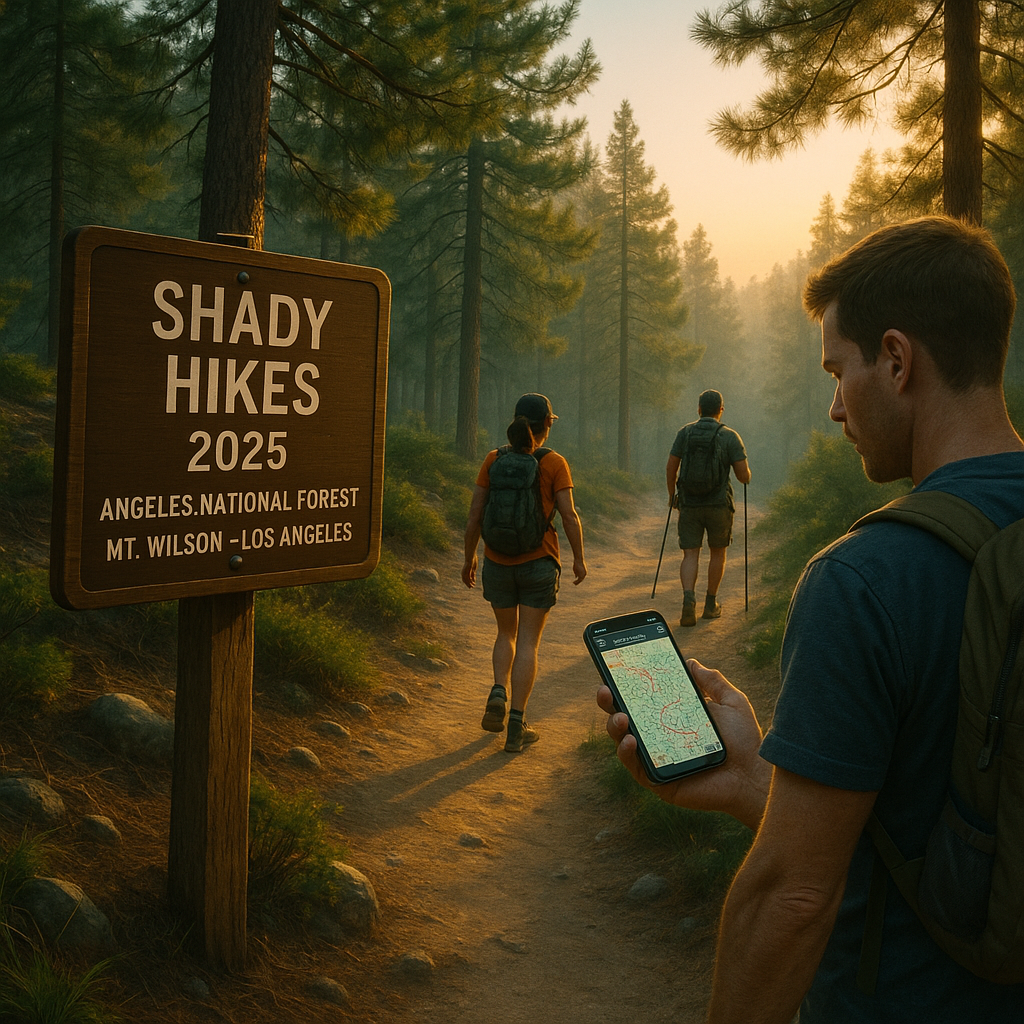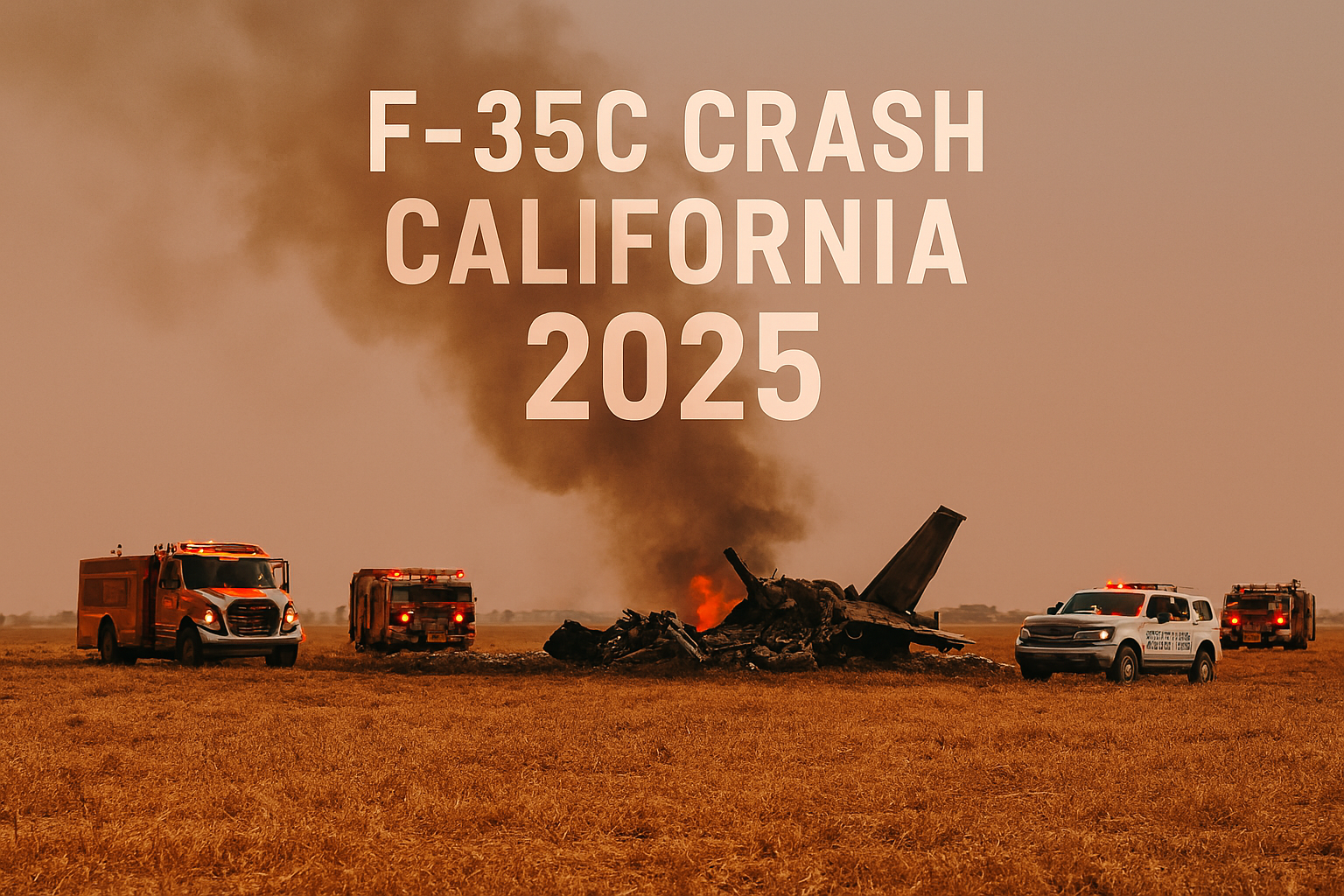Pacific Tsunami Warnings 2025: Earthquake Sparks Alerts in Russia, Japan, Hawaii
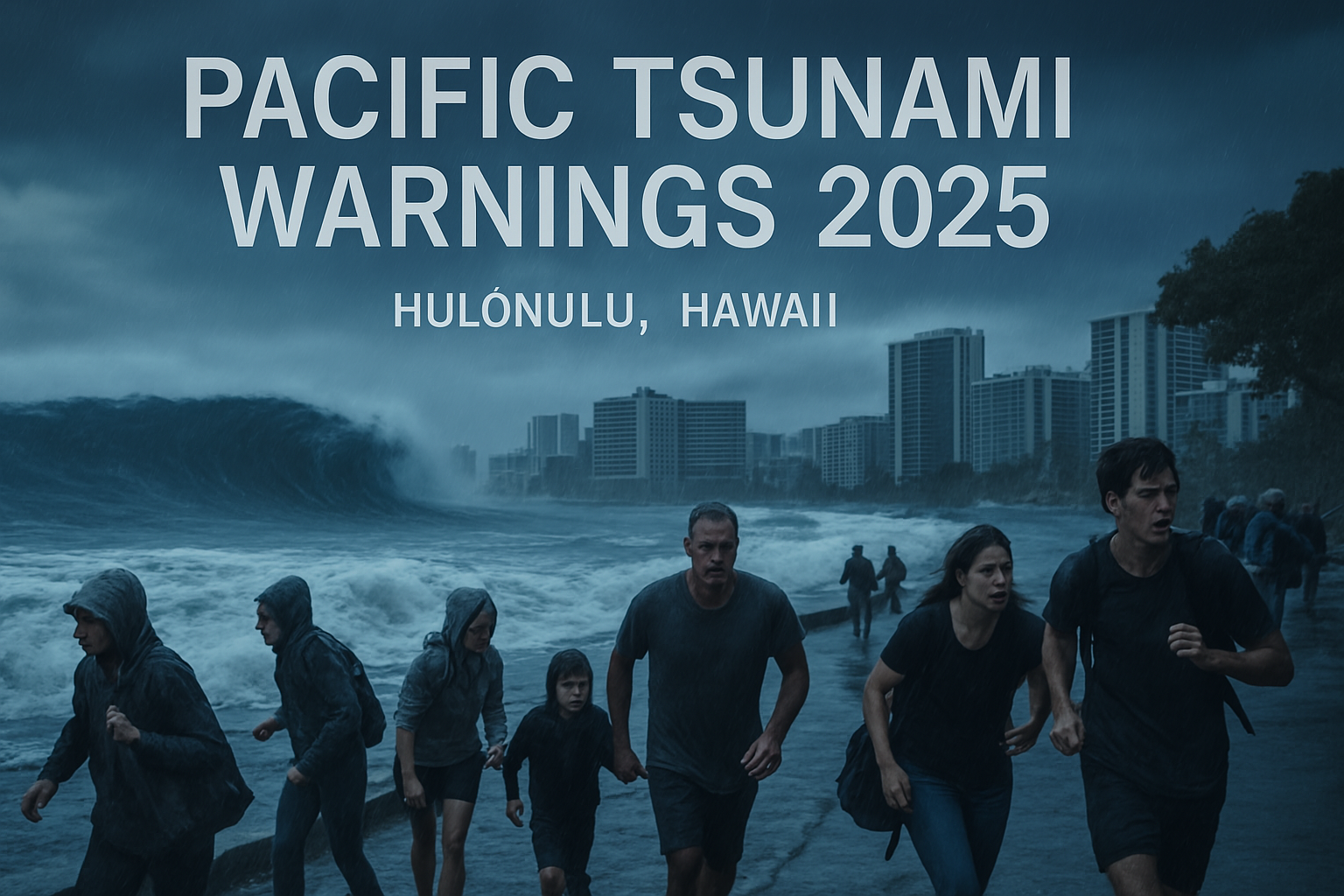
A colossal earthquake off Russia’s remote Kamchatka Peninsula has sent shockwaves across the Pacific, prompting urgent tsunami warnings from Hawaii to Japan and beyond. The 8.8-magnitude quake, one of the strongest ever recorded, struck the North Pacific, unleashing waves up to 10 feet that threaten coastal communities, as reported by the New York Times. The Pacific tsunami warnings 2025 have spurred mass evacuations, with Hawaii’s sirens blaring and Japan’s eastern seaboard on edge, still scarred by the 2011 Fukushima disaster. From Russia’s flooded ports to California’s closed beaches, millions are seeking higher ground as governments brace for impact. What caused this crisis, and how can residents stay safe? This article breaks down the earthquake’s effects, ongoing alerts, and critical safety measures.
Earthquake and Tsunami Details
The U.S. Geological Survey (USGS) reported an 8.8-magnitude earthquake at 7:24 p.m. Eastern Time (1:25 p.m. HST), centered 74 miles east-southeast of Petropavlovsk-Kamchatsky, Russia, at a shallow depth of 19.3 km. Tied for the sixth-largest quake on record, it surpasses all seismic events since Japan’s 9.1-magnitude quake in 2011, which killed over 15,000, per The New York Times. The Kamchatka Peninsula, part of the Pacific Ring of Fire, saw aftershocks up to 6.9 magnitude, with dozens above 5.0, per CNN.
Tsunami warnings were issued for:
- Hawaii: Waves up to 10 feet expected, with first arrivals at 7:17 p.m. HST in Hanalei, per the Pacific Tsunami Warning Center. A 3-foot wave hit Midway Atoll, 1,300 miles northwest of Honolulu, per The Washington Post.
- Japan: Waves up to 3 meters (10 feet) forecast for Hokkaido to Wakayama, with 0.4-meter waves already hitting Tokachi, per The Guardian. Over 900,000 residents in 133 municipalities were ordered to evacuate, per Reuters.
- Russia: 4-meter (13-foot) waves flooded Severo-Kurilsk’s port and fish processing plant, per Al Jazeera.
- U.S. West Coast: Warnings for Northern California (Cape Mendocino to Oregon border) and Alaska’s Aleutian Islands, with advisories for the rest of California, Oregon, Washington, and British Columbia, expecting 1–2-foot waves, per Fox Weather.
- Other Regions: Alerts for Ecuador (1.4-meter waves in the Galapagos), the Philippines, Taiwan, Indonesia, Mexico, and Central America, per CNN.
In Russia, a kindergarten facade collapsed in Petropavlovsk-Kamchatsky, but no serious injuries were reported, per Reuters. Japan’s Nissan suspended factory operations, and a Hokkaido-Honshu ferry was halted, per NHK.
Regional Responses and Safety Measures
- Hawaii: Governor Josh Green declared a state of emergency, urging residents to evacuate coastal zones to higher ground or the fourth floor of buildings, per Hawaii News Now. Sirens and hourly phone alerts warned of waves “wrapping around the islands,” with Honolulu’s mayor, Rick Blangiardi, advising flight checks, per USA Today. Emergency shelters opened on Oahu, Kauai, and Maui, per The New York Times.
- Japan: Prime Minister Shigeru Ishiba ordered immediate evacuations to high ground or safe buildings, warning of larger second and third waves, per The Guardian. NHK footage showed residents sheltering on rooftops in Hokkaido, per Reuters.
- Russia: Kamchatka Governor Vladimir Solodov called it the strongest quake since 1952’s 9.0 event, with emergency teams assessing damage to schools and hospitals, per ABC News.
- U.S. West Coast: San Francisco closed beaches, and Crescent City, hit by a deadly 1964 tsunami, braced for impact, per The New York Times. Oregon advised staying 100 feet above sea level, per Politico.
- China: A yellow alert warned of 40-inch waves in Shanghai and Zhejiang, per The Washington Post.
Historical Context and Risks
The Kamchatka Peninsula, on the Pacific Ring of Fire, is a seismic hotspot, with seven quakes above 8.3 since 1900, per Al Jazeera. The 1952 Kamchatka quake (9.0) triggered 30-foot waves in Hawaii, causing no deaths but significant damage, per The Guardian. The 2011 Japan quake, at 9.1, caused a 50-foot tsunami and Fukushima’s nuclear disaster, killing over 15,000, per The New York Times. Shallow quakes like this one amplify tsunami risks due to intense seafloor displacement, per University of Tokyo seismologist Shinichi Sakai, via NHK.
Risks include:
- Multiple Waves: Tsunamis can produce successive waves hours apart, with later waves potentially larger, per The Guardian.
- Dangerous Currents: Even small waves (1–2 feet) can generate deadly currents in harbors and marinas, per USA Today.
- Infrastructure Damage: Flooded ports and damaged buildings, as seen in Russia, could disrupt supply chains, per Reuters.
Safety Tips for Residents
- Evacuate Immediately: Move to high ground (100 feet above sea level) or the fourth floor of a sturdy building if in a tsunami zone, per Hawaii News Now. Check evacuation maps at tsunami.gov.
- Avoid Coastlines: Do not visit beaches to observe waves, as currents can kill, per NWS Bay Area. Rescue teams are strained by such actions.
- Monitor Alerts: Follow updates from the Pacific Tsunami Warning Center, USGS, or local authorities via radio, TV, or phone alerts, per CNN.
- Prepare for Aftershocks: Expect ongoing tremors, which may trigger additional waves, per Reuters.
- Stay Calm but Act: As Hawaii’s Governor Green advised, remain calm but act swiftly to reach safety, per The New York Times.
Broader Implications
- Global Preparedness: The 2018 false missile alert in Hawaii heightened public sensitivity to warnings, improving response times, per The Guardian.
- Economic Impact: Port disruptions in Russia and Japan could affect fishing and trade, with Kamchatka’s fish plant flooding costing millions, per Al Jazeera.
- Geopolitical Context: The quake coincides with U.S.-Russia tensions over Ukraine, with President Trump issuing a tsunami alert on social media, per CNBC, potentially complicating diplomatic focus.
- Climate and Seismic Links: While not directly related, increased seismic activity in the Ring of Fire raises questions about climate-driven tectonic stress, per The Guardian.
Challenges Ahead
- Wave Uncertainty: Variable wave heights (1–10 feet) make predicting damage difficult, per CNN. Later waves could escalate impacts.
- Evacuation Logistics: Traffic gridlock in Honolulu and Japan’s coastal cities hampers evacuations, per The Washington Post.
- Infrastructure Strain: Russia’s remote Kamchatka region faces repair challenges, with limited resources, per ABC News.
- Public Compliance: Past false alarms, like Hawaii’s 2018 missile scare, may cause hesitation, per The Guardian.
Conclusion
The Pacific tsunami warnings 2025, triggered by an 8.8-magnitude earthquake off Russia’s Kamchatka Peninsula, have mobilized millions across Hawaii, Japan, Russia, and the U.S. West Coast to seek safety. With waves already flooding Russian ports and Hawaii bracing for 10-foot surges, the crisis tests global preparedness and coordination. As sirens blare and residents flee, following official guidance is critical to saving lives. Will the Pacific region weather this seismic threat? Share your thoughts below and stay updated on this unfolding emergency.
